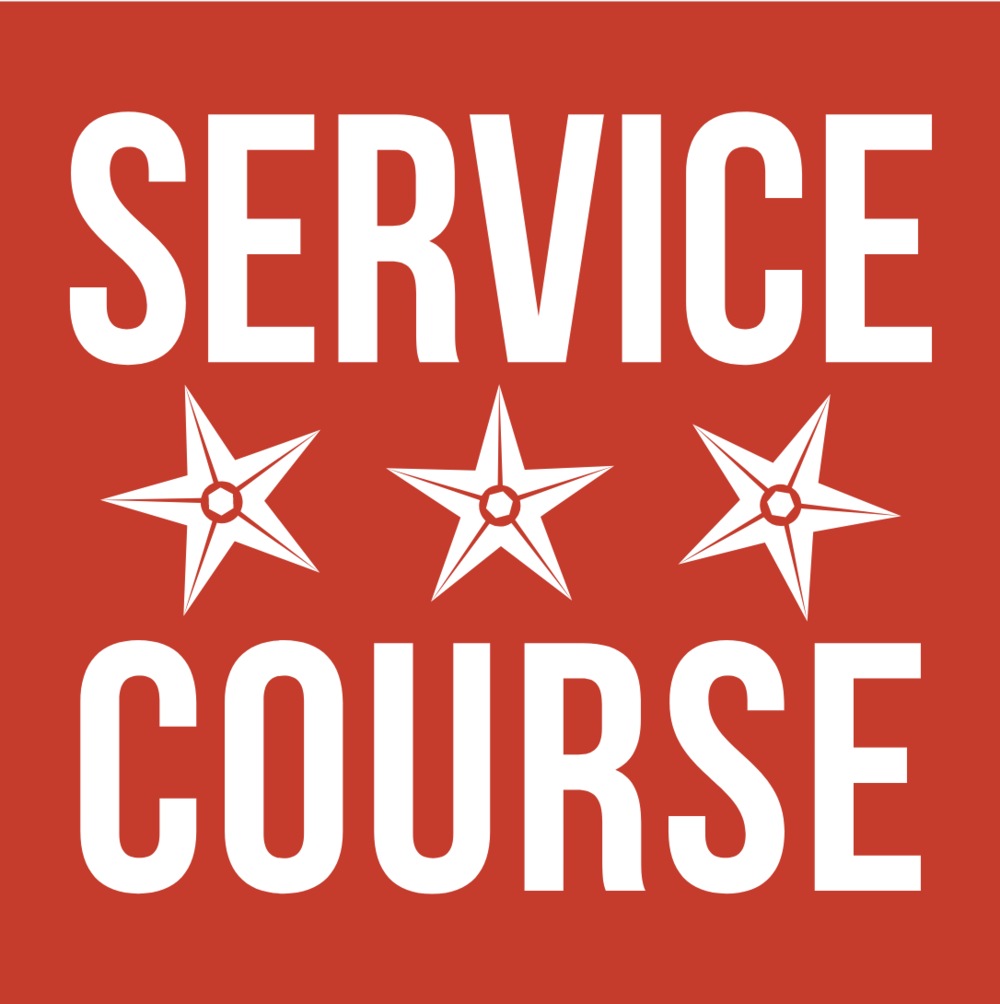What is tampico, and why is it better for bike cleaning brushes?
Tampico is a natural fiber made from the Agave Lechugilla plant, which grows in northern Mexico.
Tampico bristles hold about 65% more water than synthetic bristles and shed dirt and grease more easily. That means they don’t drag grease, dirt, and grit around your bike like synthetic bristles do. They also don’t harden or otherwise deteriorate with use. They will wear out eventually, but it takes awhile. And they’re made from plants, which are sustainable, and not oil, which isn’t. Synthetics are more widely available and less expensive, but they don’t work as well.
What's the difference between your 5-gallon bucket and one I can get from Home Depot or Lowe's?
Well, the bucket for our Original Wash Kit is thicker (90 mil versus 70 mil), it's red, and it doesn't say Lowe’s or Home Depot on it. And we include a reusable, watertight, screw-on lid instead of a disposable, snap-on construction bucket lid. If you already have a bucket that works, though, we hope you'll consider our B.Y.O.B. (Bring Your Own Bucket) Wash Kit.
I can get brushes at the hardware store for less money. Why should I buy yours?
You're right, you can get brushes at the hardware store. But they'll be synthetic, which doesn't shed grease and dirt as well, or palmyra, which is natural but too stiff and scratchy for washing your bike. We offer better brushes made with better materials in the best shapes for cleaning your bike.
What cleaning products do you recommend?
Our recommendations are pretty simple. For general frame/bars/wheels cleaning, a healthy squirt of dish detergent in the bottom of your bucket before you fill up will do fine. For drivetrain grime, a good citrus degreaser should work. There are stronger products on the market, but we wouldn't really want them near our carbon or tubular glue. More frequent cleanings are better than waiting too long and relying on extra-strength chemicals --- better for your bike, for you, and for the environment.
Should I get one of those chain cleaner thingies?
No.
How do I take care of my brushes?
Outside of rinsing things off when you're done with a wash, there's really only one key recommendation: let your brushes dry before packing them away.
Why? When you're scrubbing the dirt off your bike, you're also picking up mold spores and various other biological oddities, and if you lock those and your brush fibers in an airtight environment with moisture, you'll get mold. This isn't unique to our brushes, and it applies to anything, really, including your dank, muddy kit at the bottom of your race bag. If mold happens, it'll wash off, but it's better to just avoid it.
What Bike shops carry Service Course products?
Our products are available in our online store and at select retailers.
Conte's Bike Shop - Old Town
1100 King St.
Alexandria, VA 22314
571.482.7701
Map
District Cycleworks
2603 P St. NW
Washington, DC 20007
202.643.3040
Map
Vélo Champ
6112 N Central Ave.
Tampa, FL 33604
813.374.2424
Map
If you're a shop interested in selling our products, please get in touch.
Who are your international distributors?
Australia: Cyclocross Minded
Japan: Cyclism
What's your warranty policy?
Our brushes are high quality and made by folks who have been making brushes for a long, long time. They are also a wear item, and lifetime will vary depending on use and treatment. In the United States, we will warranty brushes for manufacturing defects for one year after purchase.
Why does it cost so much to ship an Original Wash Kit?
Original Wash Kits are big, and they weigh over 5 pounds by the time they're boxed for shipping. That gets expensive, and rates have been fairly volatile for the last few years.
When we started, we were distributing kits at local races, so shipping cost didn't matter much. Once we started picking up long distance sales, though, it became a bigger factor. That's why we introduced the B.Y.O.B. (Bring Your Own Bucket) Wash Kit, which is more compact, less costly to ship, and still provides all the tampico-bristled goodness of the Original.
Our shipping charges are reflective of the true cost to ship our products to customers, not a profit center.
What is a service course? / What does service course mean?
This used to be one of our biggest search terms back when the Service Course started as a blog in 2005. It's tricky, because while the term sounds like English, it isn't. "Course" in this context is the French term for "race," and the term service course essentially translates to "race support." It's used to refer to the facility where pro cycling teams are headquartered. A team's service course will typically have storage and service areas for bikes and equipment that isn't currently deployed at the races as well as spares, an area for the team's vehicles, offices, and sometimes a kitchenette and guestroom or two for when staff have to pull long hours getting things ready for the season.
The site was originally called the Service Course because we wanted it to be a sort of multipurpose facility in its own right: a place to talk about what we wanted to talk about in cycling, a billboard for some freelance work, maybe a spot to sell some products later, maybe turn it into something bigger. When we started, it was a relatively unique name. Quite a few other Service Courses have sprouted up since. We all get along.
Can you fix my bike?
Maybe, but you're probably not looking for us. Since we began using the name in 2005, a number of other businesses using various versions of "Service Course" in their names have come along, including several full-service bike shops. Add your city to the search terms, and you'll probably find the right one.
